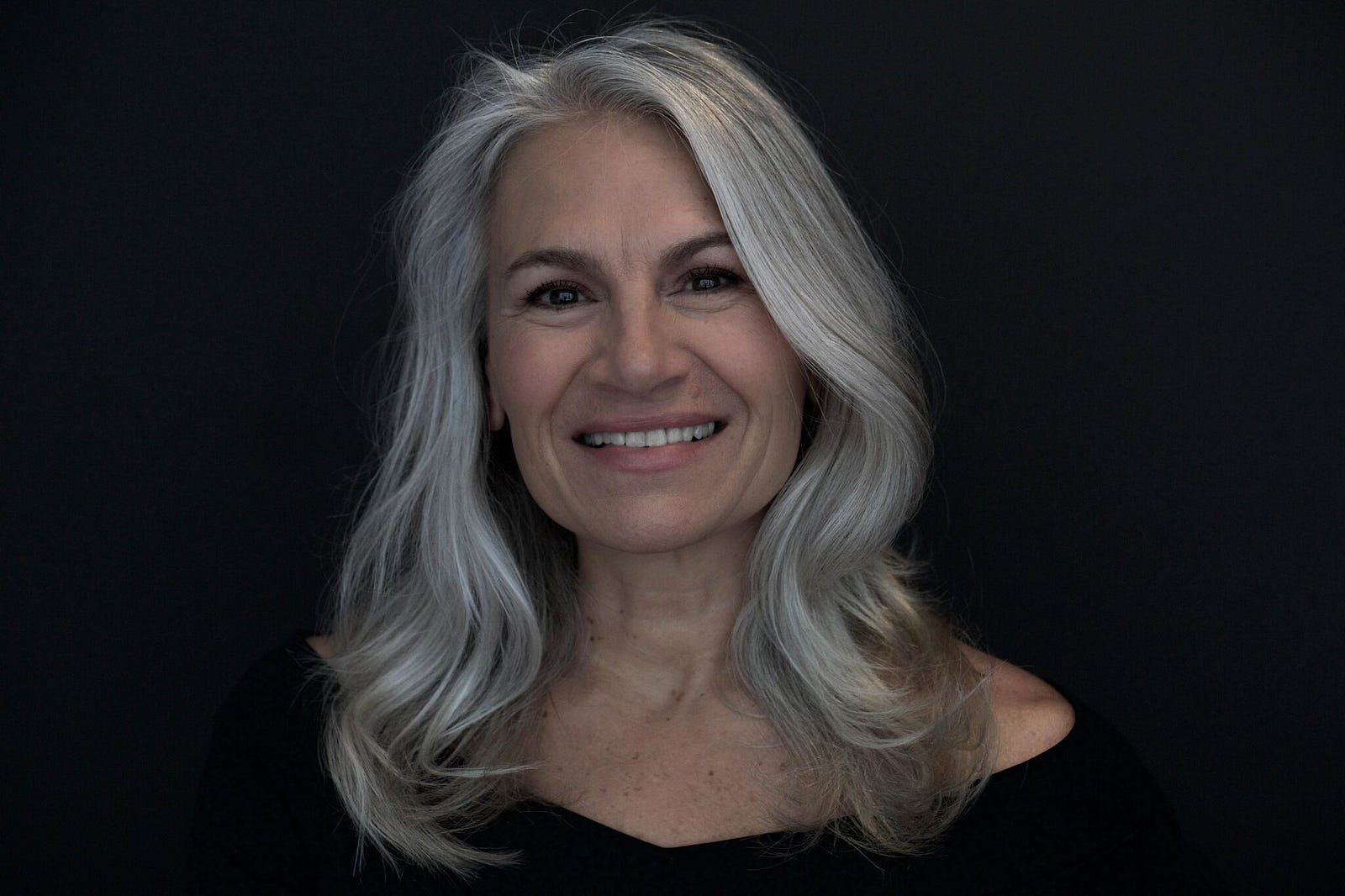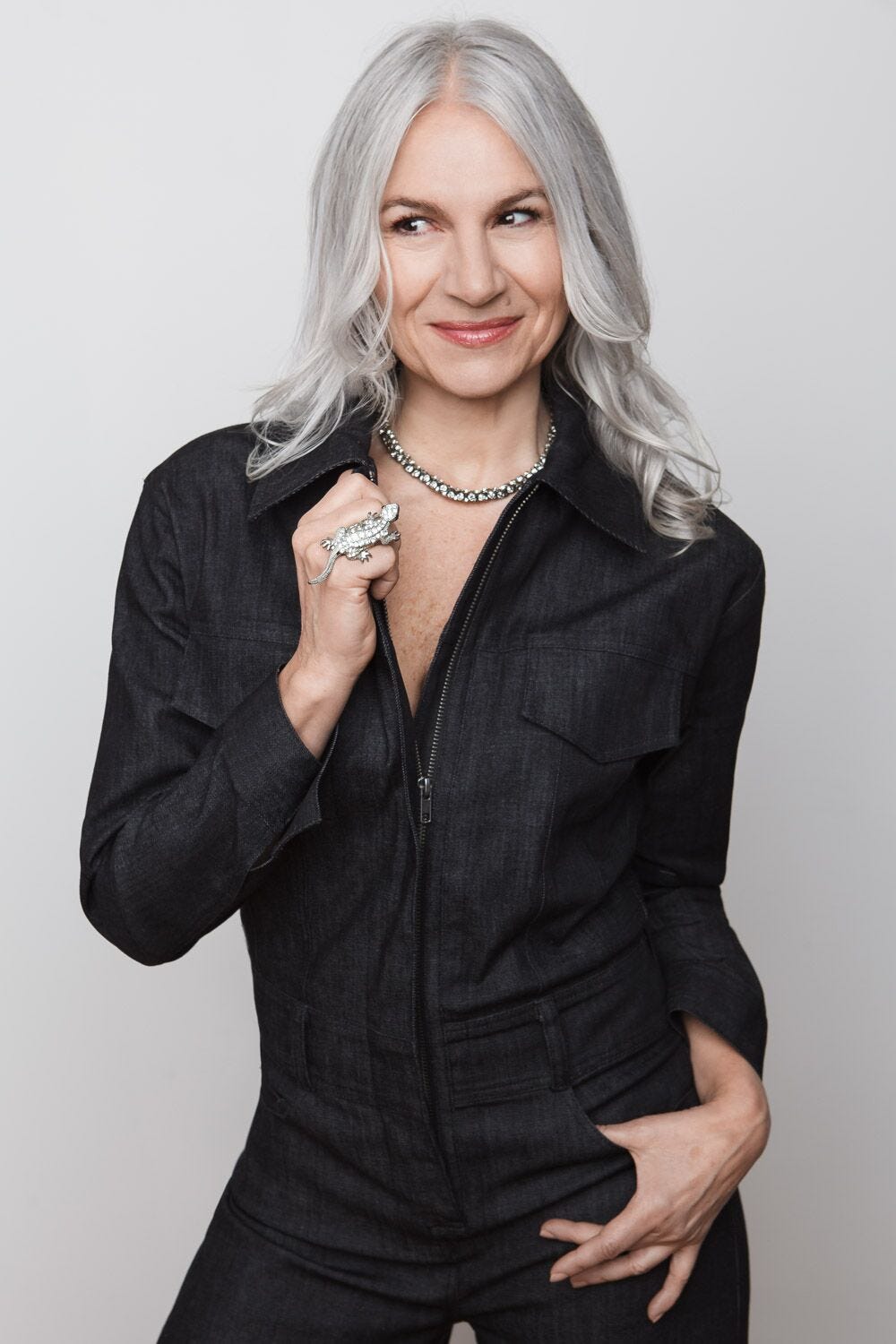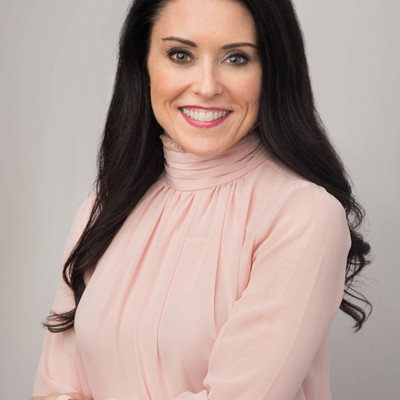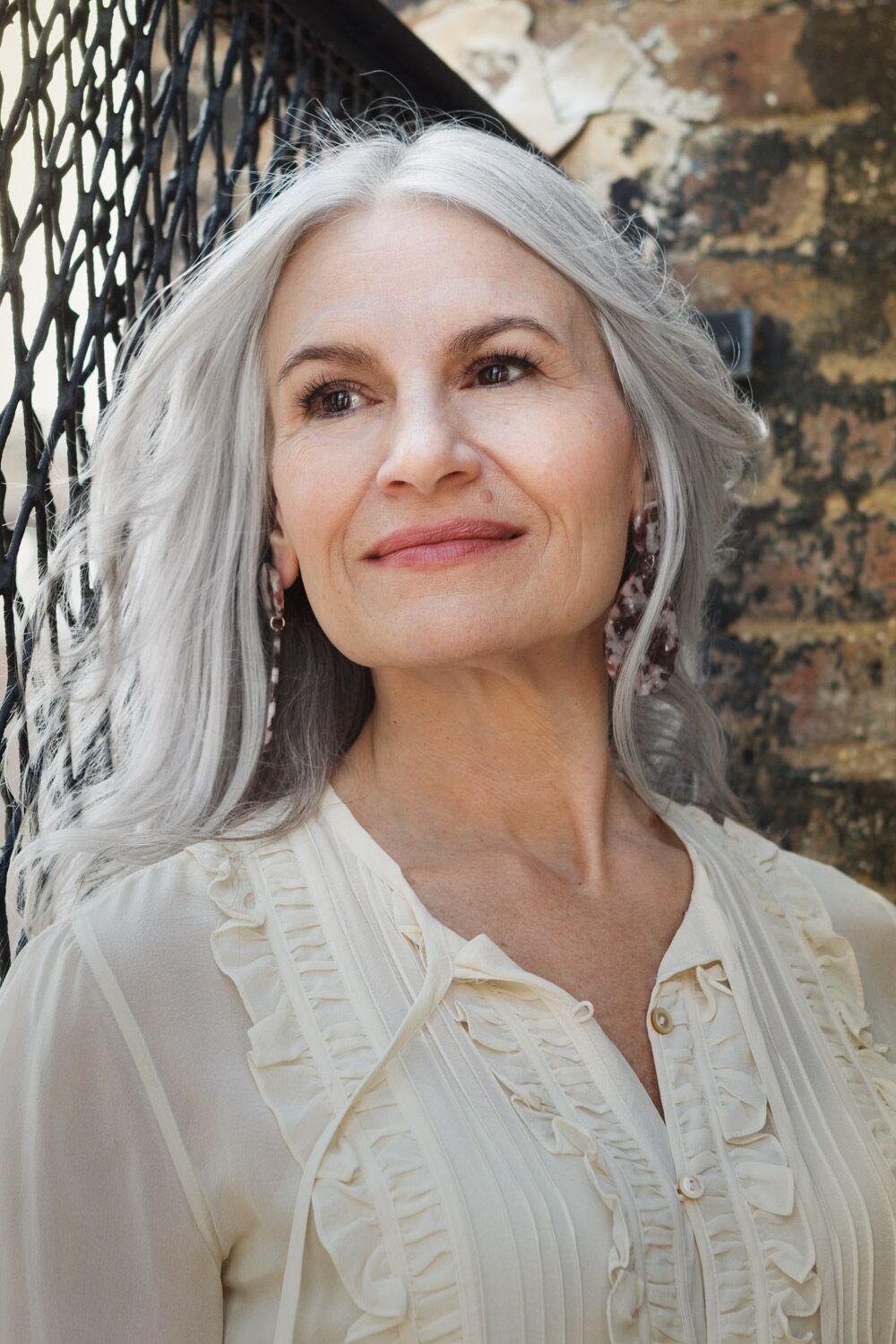Speak to your audience as an equal. We’re all trying to figure out something. Share what you know with an openness to ongoing learning from others.
As part of my series about “How to write a book that sparks a movement” I had the great pleasure of interviewing…
Dian Griesel, who is also known as @SilverDisobedience. She is a perception analyst who was recently named a “Top 50+ Influencer” by AARP and is an “AARP Aging Disruptor.” Dian is a Forbes.com columnist and a bestselling author. Her newest book is The Silver Disobedience Playbook: 365 Inspirations for Living & Loving Agelessly. She is regularly in the media and has been interviewed worldwide on the importance of getting the message right, including discussing the likes, wants and needs of the 48+ demographic. For 30 years, Dian owned a public relations firm specializing in regulated companies. She has lectured on transparency, SEC, FTC & FDA issues for public companies at the Wharton School of Business, St. John’s and Harvard University’s Medical School Graduate Program. Lastly, but not least, Dian has appeared in more than 25 top luxury national brand campaigns via her representation with Wilhelmina New York as a “Silver Icon.”
Thank you so much for joining us! Can you share the “backstory” about how you grew up?
I grew up on Long Island, NY in a middle-class family like most of us in the 1960s and ’70s in a house with five kids. My dad worked as an office manager for the electric utility and my mom worked quite hard taking care of us all, keeping us fed and making our home look beautiful and welcoming.
When you were younger, was there a book that you read that inspired you to take action or changed your life?
Books and the daily newspaper impacted me on countless levels, as I grew up in a house where there was no TV watching allowed except on Friday nights (which was my parents’ date night) and Sundays (to watch Walt Disney). Otherwise, reading was encouraged. I read the Encyclopedia Britannica from start to finish — but it was the Ann Landers and Dear Abby columns that really inspired me. I was fascinated that people would share their problems, and trust these two sister columnists to offer common-sense resolutions and answers.
What was the moment or series of events that made you decide to bring your message to the greater world?
A couple of events collided and created the tipping point for the advent of the Silver Disobedience® movement. First, I’d worked in crisis management and public relations with very regulated healthcare and national defense companies for 30 years. Then about two years ago, I had the opportunity to become a Wilhelmina New York Icon Model. I thought my clients were likely going to think I was having a midlife crisis at 57! Then my closest friend for the past 30 years, who (at age 78) is 20 years older than me, ended up in the hospital. While she is now fully recovered, it was a scary time. The combination of all these events really had me start wondering about things like: Was life and getting older marked more by years and a number… or by attitudes?
What impact did you hope to make when you wrote this book?
The book was in response to demands from the readers of my @SilverDisobedience blog. They wanted to be able to read my essays wherever they were — without the interruptions of the internet. Here’s the thing: At some point after 50, with the feeling in our hearts like an 18-year-old in spirit, we all look in the mirror and wonder what the heck happened! As a lifelong philosophy student and a believer in collective consciousness, I decided to share what I felt deeply in my heart — that we don’t ever figure it all out, but rather we get comfortable with what we know and don’t know — and to put my theories of collective consciousness to the test.

Did the actual results align with your expectations?
There are about 1.8 million books in print according to an internet search. A new book starts at number 1,800,001. Within 24 hours of releasing The Silver Disobedience Playbook: 365 Inspirations for Living and Loving Agelessly, it had hit #837 of all books available and it cracked the top 100 at #93 in the Motivational Self-Help category. I was delightfully surprised…but knew I’d have to keep spreading the word to hold — or better, to improve — that positioning and overall awareness.
What moment let you know that your book had started a movement?
I knew I was onto something when people started writing in response to my blog things like: “It’s as if you’re in my head.” “You put into words so many things that I’m thinking.” “It’s so nice to read this and know that I’m not alone. You assure me that at least another person feels the same way.” “Thank you for making me feel not just comfortable with aging…but enthusiastic about what is to come!” By spending time reading all the comments that people leave — which are like mini-essays in themselves — one quickly understands the connection that Silver Disobedience is creating.
What kinds of things did you hear right away from readers? What are the most frequent things you hear from readers about your book now? Are they the same? Different?
Readers of my book are sharing that they love having a portable version of my essays. They use them to start the day with a cup of coffee, throughout the day as a stress break and before bedtime as a meditation. They are now also buying the book for themselves and giving it as presents to family and friends. One of the things that has really surprised me is that while I initially believed my audience was those 50+, I’ve had kindergarten teachers through college professors ask for my permission to use my essays as writing prompts. They tell me that my messages are timelessly meaningful…and they wish they had read them when they were younger! I remind them that we all needed our years to be receptive to the ideas.
What is the most moving or fulfilling experience you’ve had as a result of writing this book?
There are so many moving and fulfilling experiences to share. While many believe the internet is an impersonal space, I’ve found the readers of my blog and now my book to be an intimate group. I know who has had a child die via accidents, drugs, war and illness. I know who is still mourning a spouse who has passed. Who is caring for parents and possibly grandchildren at the same time. Who is seriously ill. I’ve had deep dialogue with so many. Each day the conversation is both deep and inspiring. Many have told me that they’ve gotten more from my essays than from 20 years of therapy. Of course, I’m not proposing my book is a substitute — but that sentiment says a lot about how people are seeking and finding comfort from my words.
Have you experienced anything negative? Do you feel there are drawbacks to writing a book that starts such colossal conversation and change?
I am a model with Wilhelmina and each blog I post is accompanied by a photo — usually of me. Once every 5,000 or so comments on my blog, someone may ask, “Why do you only post photos of that one attractive, skinny woman?” Interestingly, I don’t ever have to respond to the comment myself (although I do). Several of my followers will gently explain that the woman is me and that they like seeing me. They also encourage the person to read the essay — and not to focus just on the image. When my book went into print, I decided to only put my photo on the front and back. No interior photos. I was pretty surprised when a number of people said that the only thing missing from my book was a photo of me with each essay!
Can you articulate why you think books in particular have the power to create movements, revolutions, and true change?
Books hold the power to share ideas and thought, and to create community. They inspire new ways of thinking and building camaraderie. They are windows into our deepest feelings.
What is the one habit you believe contributed the most to you becoming a bestselling writer?
A lot of people have books inside of them. Writing one takes discipline and a plan. It also requires understanding that writing and editing are two different processes. I tell everyone who wants to be an author: Pick a topic you know. Then set a time each day to write. Ideally, have 15 to 30 minutes during the time slot. When you sit down, try to write. If nothing comes to your mind after 15 minutes, stop. If on those days your thoughts are flowing, keep writing as long as time allows. Get the whole book on paper. Then work on organizing the ideas. I still literally — yes, literally — cut up the manuscript and lay it out on a floor to decide flow. After I establish what parts belong where, then I begin the editing process.
What challenge or failure did you learn the most from in your writing career?
I think when we decide to write a book, we need to decide what we want the outcome to be. Are we selling it or is it a tool to sell something else? I’ve written business books that I gave away to would-be clients and they returned tremendously in the financial sense. I’ve also written books that sold retail-wise that financially were less successful — but the interactions built with my readers provided a wonderful emotional return on my time invested.

Many aspiring authors would love to make an impact similar to what you have done. What are the 5 things writers needs to know if they want to spark a movement with a book?
1) Write about what you know. I know nothing about plumbing — even though I value modern-day plumbing immensely and would rely on a book if a plumber was unavailable.
2) Be real. Nobody wants to read a book that pontificates.
3) Speak to your audience as an equal. We’re all trying to figure out something. Share what you know with an openness to ongoing learning from others.
4) Be prepared to market. Writing the book is just step one. If you want to start a movement, you’re going to have to get out, speak, meet and connect.
5) Keep going. A book is the start. We all need a vision as to where we want our books to take our audience. For me, I want us all to be gentler with ourselves, particularly as we age. Age makes us very self-reflective. We think about what we did, what we wish we did, what we didn’t do, what we wanted but feared. I want to assure others that we needed each year to remove layers of societal conditioning that we willingly and not-so-willingly adopted to cope. This is not a bad thing. It just is. Yet it is a wonderful thing to accept that maybe all our years and experiences were actually necessary so we could become who we were always meant to be.
The world, of course, needs progress in many areas. What movement do you hope someone (or you!) starts next?
I’m seeking to end the silly notion that age equates to irrelevancy or obsolescence. Age is a state of mind. Not all older adults are the same, nor should they be stereotyped. Same goes with millennials — or any generation. Yes, we get older and we all have an expiration date. But we never know what day our second act started…so it’s time to respect and embrace each stage as an essential aspect of a human life.
How can our readers follow you on social media?
My website is https://silverdisobedience.rocks
Instagram, Facebook & Pinterest: @SilverDisobedience
Twitter & Linkedin: @DianGriesel
Thank you so much for these insights. It was a true pleasure to do this with you.


